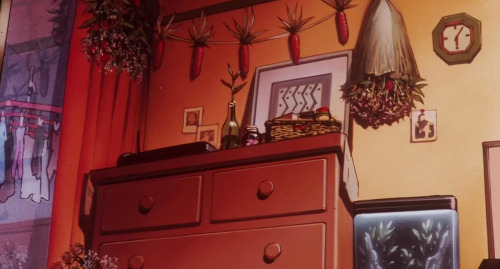"To awaken my spirit through hard work and dedicate my life to knowledge... What do you seek?"
229 posts
Latest Posts by theidlerhour - Page 3
calculus gothic
-The limits keep getting farther and farther away. Where are they going? Where did they start? Will they ever stop?
-The unit circle tells us to bow before it. All hail the unit circle. All hail.
-You have been scribbling the integral symbol and the summation symbol for so long. You can’t write 3′s or capital S’s normally anymore. It is a reflex, muscle memory.
-Piles of math homework surround you as you become a machine, cranking out more math problems as you hone your skills. You build your own castle out of math homework. It is never-ending.
-Trigonometry rids us of our sins. and cosines. and tangents.
There is no branch of mathematics, however abstract, which may not some day be applied to phenomena of the real world.
Nikolai Lobachevsky (via curiosamathematica)
things i like doing: math
things i hate doing: math
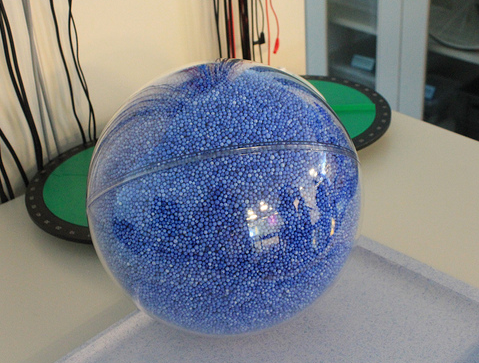
This is a model of how many Earth’s can fit inside the sun.

Happy Birthday Carl (1934 - 1996). Your legacy continues to shine.
“If people sat outside and looked at the stars each night, I bet they’d live a lot differently. When you look into infinity, you realize there are more important things.”
(via itcuddles)
i cannot let the stress of right now over shadow the success i have faith in for my future.

Epimetheus Above the Rings of Saturn
via reddit

We’re Already Halfway To Climate Change’s “Dangerous Limit”
Scientists say that warming of 2˚C is about all we can handle before we hit “dangerous” levels of climate change, a threshold of global temperature change that would bring enough droughts, food insecurity, rising sea levels, and species extinctions to make human life very much not fun.
The UK’s Met Office just reported that we’re already halfway there. Earth’s average temp has gone up 1˚C.
Tick, tock.
Read more at Motherboard.

“I like to sit alone and think about the world. I wanted to be a philosophy major, but there is no philosophy class at our universities. The only class offered is ‘Religion and Philosophy.’ We aren’t exactly encouraged to decide things for ourselves. Any philosophy we have must be built on the existence of God. So I switched my major to physics. It still allows me to think about the world. And if someone wants me to say that a thing is true, they need to prove it with a formula.“ (Tehran, Iran)











Shooting in Midtown, Manhattan, getting soaked in the pouring rain. This kind of mood is something I’ve been trying to capture for a long time now, I spent about an hour out in the water and shot frames until my camera died.
Photography by Dave Krugman, @dave.krugman on Instagram.
I know we can’t build anything just by sitting in the dark together, but I am so fond of you it sounds like something a person would lie about.
Anna Meister, “Not Yr Cornfield,” published in Moonsick Magazine (via bostonpoetryslam)
I love mankind…but I find to my amazement that the more I love mankind as a whole, the less I love man in particular.
Fyodor Dostoyevsky, The Brothers Karamazov (via wordsnquotes)

Solar System: 5 Things to Know This Week
Our solar system is huge, so let us break it down for you. Here are 5 things to know this week:
1. Letting the Air Out

The atmosphere on Mars is whisper-thin and drier than bone–but it wasn’t always that way. For the past year, the MAVEN mission has been orbiting the planet, piecing together clues about what happened to all the air on Mars. At 2 p.m. EST on Nov. 5, we will hold a briefing on some new findings about the Martian atmosphere. Make sure to tune in on NASA Television.
2. How Much Juno about Jupiter?

We’re all going to know a lot more about the king of planets soon, thanks to the Juno mission. Juno’s project scientist will be giving a live lecture on Nov. 5 and 6 to explain what discoveries might await and how the spacecraft is expected to survive Jupiter’s dangerous radiation environment for over a year, long enough to make over 30 close polar passes. Watch the live lecture HERE.
3. Excitement at Enceladus
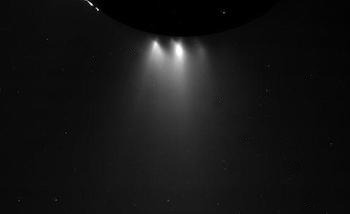
Our Cassini spacecraft has returned stunning images from its ultra-close flyby of Saturn’s active moon Enceladus on Oct. 28. The photos are providing a quick look at Enceladus and its plume of icy vapor from the moon’s geysers. But some of the most exciting science is yet to come, as scientists will be poring over data from Cassini’s instruments to see what they detected as they flew through the plume.
4. A New Dimension in Lunar Landscapes

The Lunar Reconnaissance Orbiter maps the moon in boulder-by-boulder detail daily. The team that operates the spacecraft’s most powerful camera has been releasing 3D versions of its high-resolution looks at the surface. You can see depth and detail in the pictures if you can get or make some red-blue glasses.
5. Pluto in Perspective

The New Horizons spacecraft has fired its engines again as it carries out a series of four maneuvers propelling it toward an encounter with the ancient Kuiper Belt object 2014 MU69, a billion miles farther from the sun than Pluto. Meanwhile, it continues the ongoing download of data from the Pluto encounter, including this recent stunner.
Make sure to follow us on Tumblr for your regular dose of space: http://nasa.tumblr.com

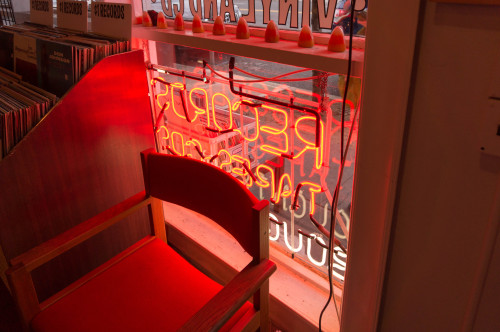
Old Town, Portland
October 17, 2015
When I think of how I see myself, it would have to be at age eleven. I know I’m thirty-two on the outside, but inside I’m eleven. I’m the girl in the picture with skinny arms and a crumpled skirt and crooked hair. I didn’t like school because all they saw was the outside me. School was lots of rules and sitting with your hands folded and being afraid all the time. I liked looking out the window and thinking. I liked staring at the girl across the way writing her name over and over again in red ink, or the boy in front of me who wore the same dim shirt every day. I imagined their lives and the houses they went home to each evening, wondering if their world was happy or sad.
Sandra Cisneros, from “Straw into Gold,” A House of My Own: Stories From My Life (via lifeinpoetry)










The Extraordinary Oil Paintings of Alessandro Sicioldr
Sicioldr is an italian painter and illustrator born in 1990 in Tarquinia, living and working in Perugia. He works mainly with oil paint, pencils and coloured pencils. His subjects are surreal images coming from unconscious that he represents using a blend of contemporary and traditional techniques. His visionary attitude began to sprout in early childhood, when he used to depict in his drawings strange and uncanny worlds. These early manifestations brought a scared kindergarten teacher to call his parents, asking for an exorcism. He studied and worked under his father’s guidance in his classical painting atelier where he learned not only how to paint but how to prepare wood with Cennino Cennini’s technique, how to mix and grind pigments and how to build and decorate custom frames. In 2014 he moved to his personal atelier. His inspirations often comes from his dreamy visions and from studies of art history, psychology, mythology, philosophy, literature and science
It doesn’t matter what they will make of you or your days: they will be wrong, they will miss the wrong woman, miss the wrong man, all the stories they tell will be tales of their own invention. Your story was this: you were happy, then you were sad, you slept, you awakened.
Jane Hirshfield, It Was Like This: You Were Happy (via maryfelicity)

October 31st 2000, Expedition 1 launches to the International Space Station starting 15 years of Continuous Human Presence in Space
via reddit

Indian rocket rises through the atmosphere carrying a billion dreams and hopes along with its payload.
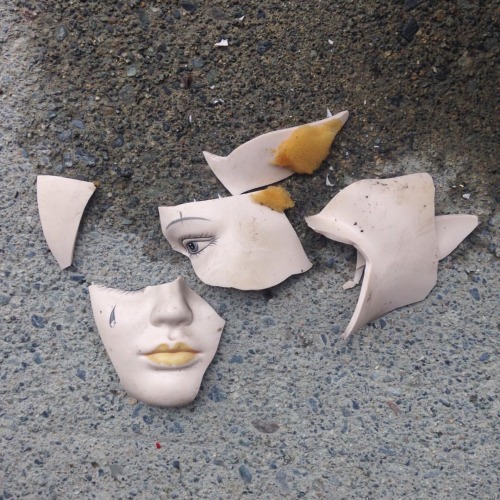

26,500 meals, 180 spacewalks and 1,200 scientific results publications later, we celebrate 15 years of continuous human presence aboard the International Space Station.
An infographic from NASA.
Credit: NASA’s Website

Dia de Muertos, 2015
facebook // instagram
“We can read even a correct proof, and be completely convinced of the logical steps of the proof, but still not have any understanding of the whole. Like being led, step by step, through a dark forest, but having no idea of the overall route.”
Eugenia Cheng (via cofinaldestination)
Maybe this is why I have trouble reading math textbooks sometimes? I can understand why a step is valid, but I get caught up on, “Wait, where are we going? Where are you taking me?”
(via ryanandmath)
While not all graphs can be drawn in R2, every single finite graph can be drawn in the 3 dimensional space R3. The example I will use is called a book embedding.
Imagine you put all of the vertices on the same line in R3. There are an infinite number of planes that go through every point on that line, and do not overlap anywhere else.

You can put each edge on a distinct plane, and they do not overlap, so it is a valid embedding in R3.

In fact, you don’t need to have one plane for each edge. You can put multiple edges on the same plane and they still don’t cross each other.

The minimum number of pages you need to embed a graph is constant no matter which order you put the vertices on the line.






